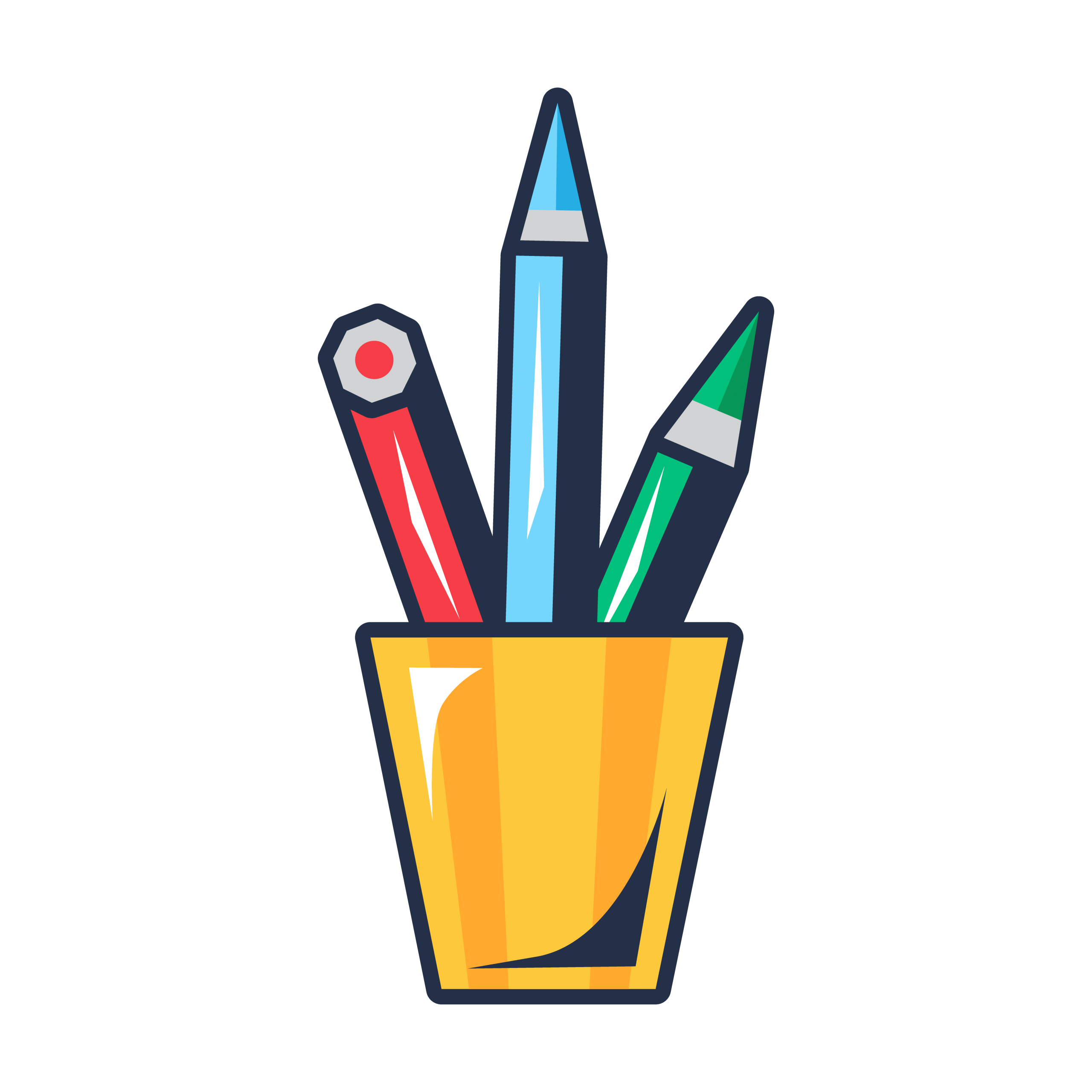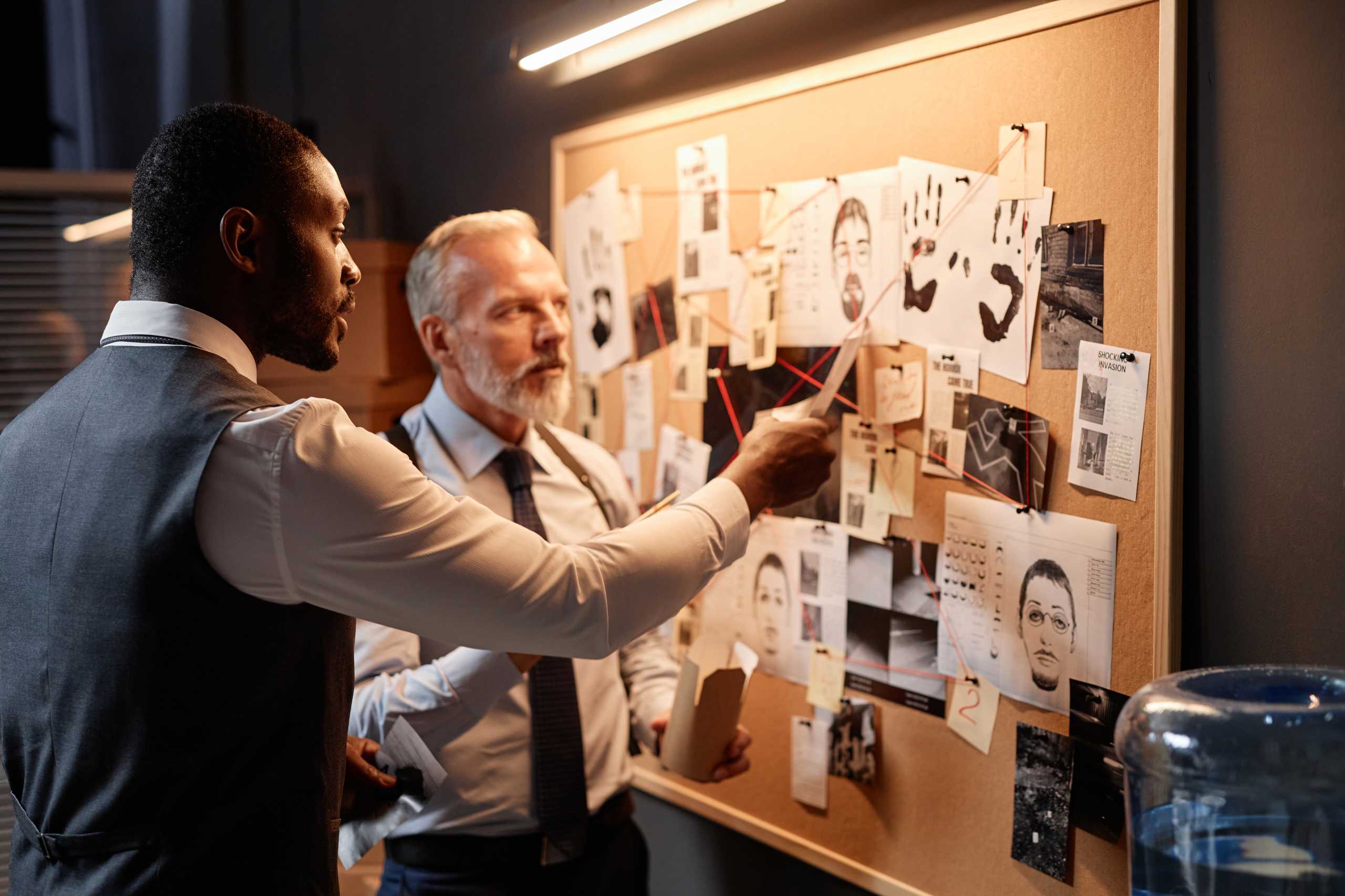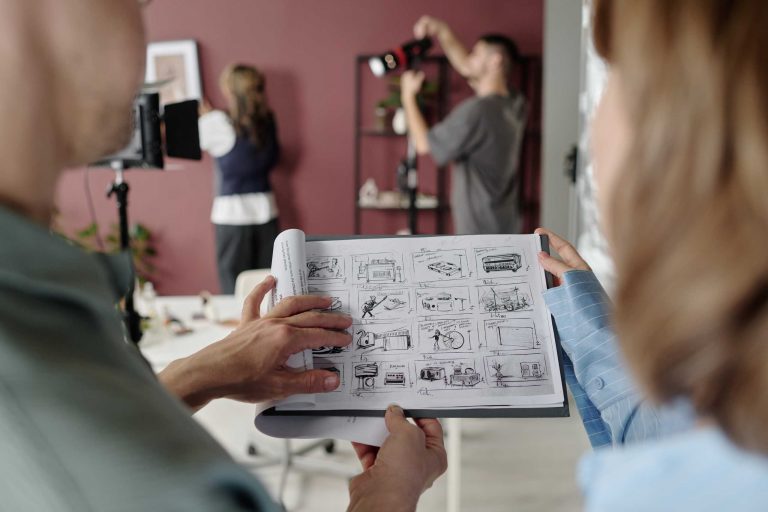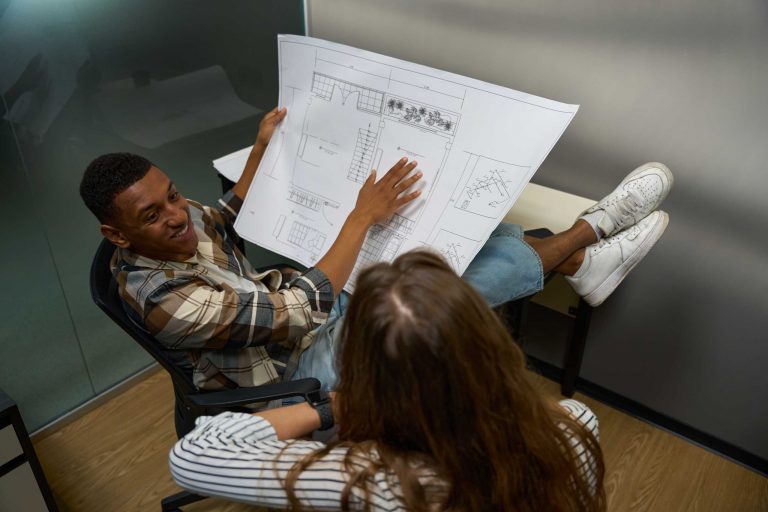Storyboarding has been a fundamental part of visual storytelling for decades, but like any creative field, it continues to evolve. New tools, technologies, and approaches are reshaping how artists plan and communicate their ideas. Understanding these trends can help you stay ahead and make the most of your skills in the years to come.
Digital Tools and Software Revolution
Gone are the days when storyboards were only pencil sketches on paper. Today, digital platforms like Toon Boom, Storyboard Pro, and Photoshop offer powerful features that speed up the process without sacrificing creativity. These tools allow for:
- Easy revisions and collaboration across teams worldwide.
- Integration of animation and timing to preview sequences dynamically.
- Layering of audio, notes, and camera movements for richer storytelling.
Adapting to these tools is essential for modern storyboard artists, and many courses now emphasize digital fluency alongside traditional techniques.
Virtual and Augmented Reality
Emerging technologies like VR and AR are opening new frontiers for storyboarding. Imagine creating immersive storyboards that let directors and producers “step inside” a scene before filming begins. This kind of spatial storytelling offers:
- A deeper understanding of environment and scale.
- Enhanced communication of complex scenes.
- Opportunities for interactive story development.
As these technologies become more accessible, storyboarding will become an even more dynamic and experiential process.
Collaborative and Remote Workflows
The creative industry is increasingly global and distributed. Storyboarding teams now often work remotely, using cloud-based platforms to share, edit, and review work instantly. This shift requires artists to be:
- Clear communicators who can articulate ideas through visuals and notes.
- Adaptable to feedback in real-time.
- Skilled at using collaborative tools effectively.
Courses like Storyboardly prepare students for this connected, fast-paced creative environment.
Expanding Roles for Storyboard Artists
Today, storyboard artists are often involved in broader stages of production — from concept development to post-production. Their skills in visual storytelling translate into roles like:
- Pre-visualization specialists.
- User experience (UX) designers.
- Interactive media creators.
This versatility makes storyboarding a valuable and evolving career path with exciting possibilities.
Stay Ahead with Storyboardly
The future of storyboarding is bright and full of innovation. By mastering both timeless principles and cutting-edge tools, you’ll be ready to bring your stories to life in ways never before possible. At Storyboardly Course, we equip you with the knowledge and skills to thrive in this evolving landscape — wherever your creativity takes you.




